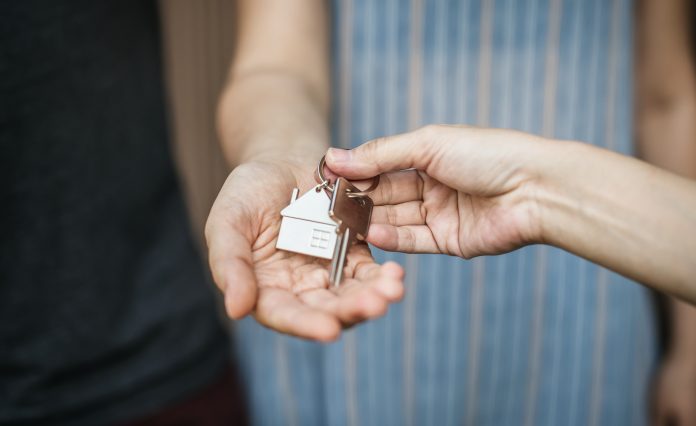August property prices fell for the first time this year, down 1.3% to an average asking price of £365,173, Rightmove has found
August property prices have fallen by 1.3%, which is on par with the average August drop over the past ten years.
The Rightmove House Price Index has found that although the prices of property coming to market has dropped to an average of £365, 173 (-£4,795), buyer enquiries still remain 20% than in 2019.
The August property price drop is typical for this time of year
Rightmove has suggested that this seasonal drop is due to both customers prioritising summer holidays.
Another key factor is sellers pricing more competitively to secure buyers wishing to move home before Christmas and account for the length of time of completion (an average of 136 days or four and a half months).
Rightmove’s director of property science Tim Bannister commented: “A drop in asking prices is to be expected this month, as the market returns towards normal seasonal patterns after a frenzied two years, and many would-be home movers become distracted by the summer holidays.
“Nevertheless, we’re still expecting price changes for the rest of the year to continue to follow the usual seasonal pattern, which means we’ll end the year at around 7% annual growth, even with the wider economic uncertainty.”
Demand continues to soften and supply constraints are improving, but a massive imbalance remains
Outside of seasonal trends, Rightmove identifies the mismatch between supply and demand as the key influence on August property prices.
Buyer demand this month is down 4% on the turbulent market of 2021, but is still 20% higher than in 2019.
The number of new listings coming to market is up 12% on the same period last year, though it is 6% down on 2019, while available homes for sale are down 39% on 2019.
Buyer enquiries to agents do not appear to have been particularly dented by the most recent interest rate rise, suggesting that despite the rate rising to 1.75%, many buyers are still committed to moving, and incorporating rate rises into their financial planning.
A combination of rising house prices and interest rates means that average monthly mortgage payments for new first-time buyers putting down a 10% deposit have now exceeded £1,000 for the first time, to reach £1,032. This is 27% higher than at the start of the year.
Demand for properties in the first-time buyer sector is 32% higher than August 2019
On these figures, Tim Bannister said: “It’s likely that the impact of interest rate rises will gradually filter through during the rest of the year, but right now the data shows that they are not having a significant impact on the number of people wanting to move.
“Demand has eased a degree and there is now more choice for buyers, but the two remain at odds and the size of this imbalance will prevent major price falls this year.
“For those looking to move who are concerned about interest rate rises, it’s important that they get a mortgage in principle early on in their moving journey to understand what they could afford to borrow, and find out about the rates available to them to assess what they are able to repay each month.”
This is the 20th year of the Rightmove House Price Index
This month also marks 20 years since the first Rightmove House Price Index was published.
Since it began, national average asking prices have more than doubled (+134%) from £155,994 to £365,173. Average salaries have grown by 76% and the Retail Price Index has increased by 93% in the same period, so house prices have been outstripping both salaries and general inflation over those 20 years.
Jordan Yorath, a partner at Monroe Estate Agents in Leeds, said they had been advising their clients in the “higher value property sector” to market their home outside of the traditional holiday period and outside of August in particular, which follows recorded property trends in the summer months.
Josephine Ashby, managing partner of John Bray Estate Agents in Rock, North Cornwall said: “We have seen values rise over 15-20% in North Cornwall and going forward this growth will slow.
“In the very prime areas however, values tend to stabilize and vendors who don’t need to sell simply wait for the best time. We are still finding that the very top of the market is performing exceptionally well.”














